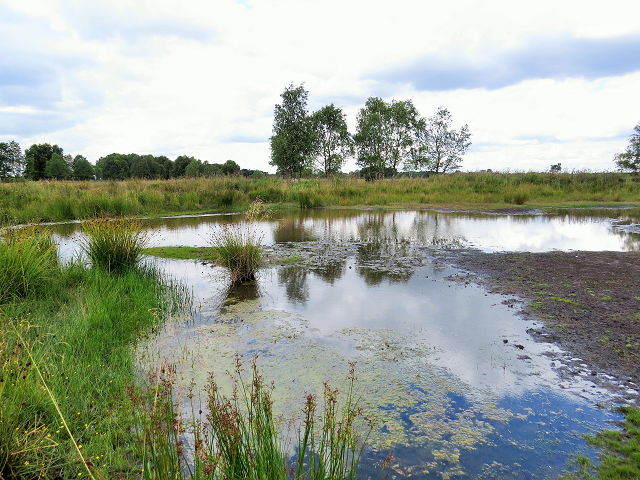
Earlier this month, we were lucky enough to catch up with Becca Williamson, Communications Officer at Freshwater Habitats Trust, to find out more about their Flagship Ponds Project. Check out our interview below:
Our interview with Freshwater Habitats Trust
1. The Flagship Ponds project works with local communities and organisations to protect important freshwater pond sites across England and Wales. How many pond sites are you currently working on?
Freshwater Habitats Trust is working on 70 of the hundred or so Flagship Pond sites we have identified in the UK. These are the most important pond sites, the top 0.2% of ponds. They support some of our rarest freshwater plants and animals, and we’ve selected them because the work we can do there, will really make a difference to these special places.
2. How many communities and organisations are involved in the Flagship Ponds project?
Some Flagship Pond sites are cared for by devoted community groups or organisations. Other ponds have had very little attention, and are vulnerable because of that. The Flagship Pond project aims to get at least one group actively taking care of each of the 70 sites. We provide support and training so that groups know how to monitor their ponds. We also help them write and deliver effective management plans so the ponds are kept in the best condition.
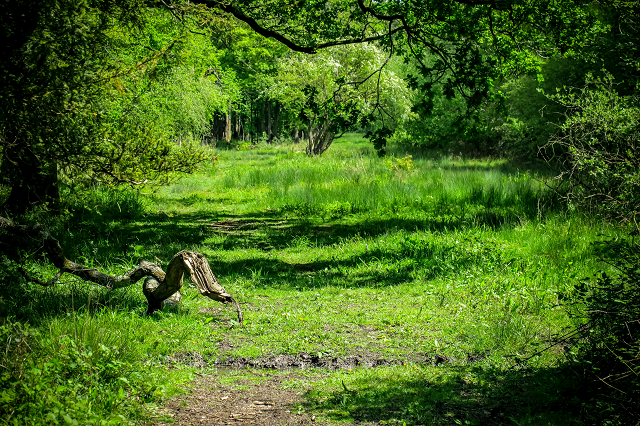
- Flagship Pond site Inglestone Common home to the very rare buttercup Adder's-tongue Sprearwort (c) South Gloucestershire Council
3. How do you get the funding to continue making such an important impact across the country?
The Heritage Lottery Fund have been a great support, enabling us to get surveys done, support local groups, run training events, provide advice, and figure out what the ponds and their wildlife need to stay healthy. However, we still need to raise money to pay for vital habitat management work on each of the Flagship Pond sites. We’ve launched an appeal to raise the £140,000 we need. Every pound raised will be spent directly on habitat management work. At Inglestone Common, Gloucestershire, woodland management and grazing animals are needed to bring Adder’s-tongue Spearwort back from the brink of extinction, and allow other pond wildlife to thrive. At Skipwith Common, North Yorkshire, the ponds were once a stronghold for the tiny aquatic fern Pillwort. With the right management, we can bring Pillwort back. At Llyn Tegid, Wales, the delicate Glutinous Snail that lives nowhere else is being left high and dry every time the water level drops. We want to create refuges to keep the snail alive.
4. Do you think more people are taking an interest in sustaining natural habitats now than they used to?
Over the last 20+ years, we’ve seen a growing interest in the value of smaller water bodies like ponds, streams, and ditches. It was previously believed that larger habitats, like rivers and lakes, were more important for wildlife because of their size. But as we understand our landscapes and wildlife better, there is a definite increase in people taking action to care for the little things, both in the wider countryside and in gardens where simply adding small clean-water ponds can make an enormous difference for wildlife. The number of people getting involved in our PondNet, Clean Water for Wildlife, and Flagship Pond projects is a clear indication that people care.
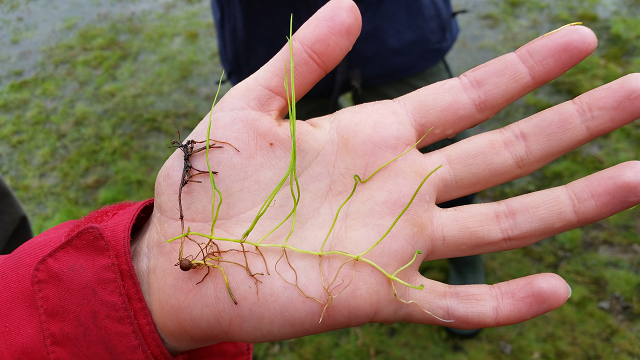
- The tiny aquatic fern Pillwort needs shallow clean-water ponds that are gently grazed
5. As part of protecting the pond sites, you also work to protect their rare and endangered species. How many rare and endangered species do you think you have helped so far?
We are currently working to protect over 30 different plants and animals that are at real risk of decline or extinction. Some, like the oddly named Broad-nerved Hump Moss, are rather obscure. We’ve just completed emergency works in the sand dunes of Anglesey to bring it back from the brink of extinction in Wales. Other species are more widely known, like the Medicinal Leech lauded for its incredible medical benefits. Volunteers have done an amazing job carrying out surveys to help us understand the exact pond conditions the leeches need. We can now put that knowledge to good use and make sure ponds are managed sensitively.
6. Wildlife, in general, is facing massive changes to their habitats and lives as urbanisation takes over natural habitats. How important is it that more and more people come together, and get involved with your projects to help provide and maintain a natural habitat for pond life?
The pressure on natural habitats is unprecedented. And the reach of our negative impacts is staggering. There are no longer any undamaged rivers left in lowland England and Wales. It’s hard to find a stretch of stream that isn’t polluted by road runoff or septic tank outflows. We’re down from a million ponds at the turn of the last century to roughly 400,000 ponds now, and nine out of ten ponds are degraded. It is critical that we work together to protect the good bits where freshwater wildlife thrives, and create more clean water habitats so it can spread. It may seem a daunting task, but we know what needs doing, and we know how to do it. People taking part in our Clean Water for Wildlife survey are identifying the places where there is still clean water. PondNet volunteers are helping us find high-quality ponds and measure changes in pond wildlife. Flagship Pond partners are caring for the best pond sites. People contributing to the Million Ponds Project are creating new clean water ponds that is boosting pond wildlife across the country. Together we can protect freshwater wildlife for everyone to enjoy.
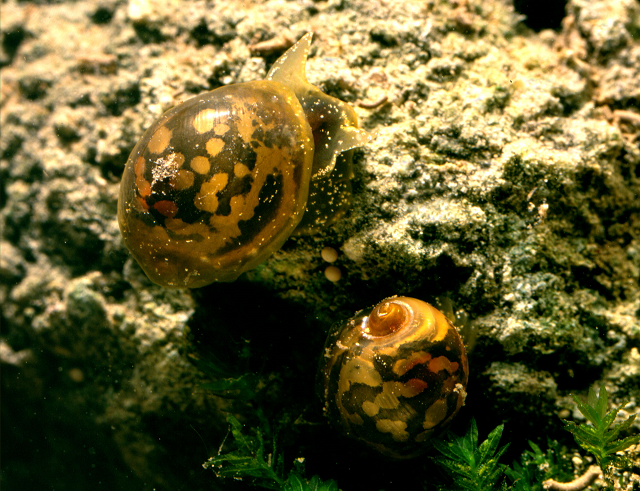
- The Glutinous Snail lost from its last English home - a pond near Oxford - a few years ago is now only in one lake in Wales (c) Roy Anderson
7. Part of the successful management of the pond sites is supporting an early warning system to prevent inadvertent damage. How is this put into place, and what does it measure?
Ponds can benefit enormously from an early warning system that detects threats to the water quality or species. Catching a problem early, or even before any damage is done, makes it much easier to keep pond wildlife safe. Trained volunteers make regular visits to ponds and keep an eye out for things like invasive non-native plants, disturbance from dogs, an increase or decrease in grazing, changes in how surrounding land is used, or potential sources of water pollution. Regular monitoring of key plants and animals can give us a clear sign of when things are starting to go awry. And when a problem is spotted, there is a plan to tackle it.
8. Is there anything that people can do on a smaller scale to help provide habitats for pond life?
Helping pond wildlife is actually all about taking small scale actions. If everyone did a few small things, together it would add up to a colossal change. In our gardens, we can create a clean water wildlife pond, sit back, and let the wildlife move in. We can switch from tap water to rain water to fill our ponds so that a wider range of plants and animals can live there. We can let the plants spread and leave the old stems in place as a shelter for more animals. We can keep ponds fish-free, avoid fertilisers or nutrient-rich run-off getting into ponds, and when we’re out and about, keep our dogs out of wildlife ponds. We’ve got a wealth of pond creation and management advice on our website to help everyone make a difference.
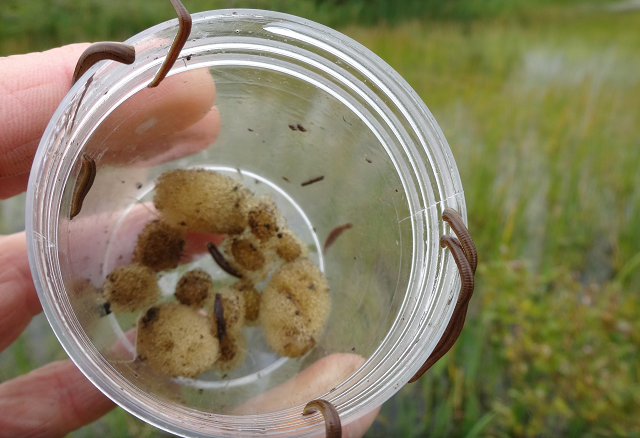
- Newly hatched Medicinal Leeches - now we know what they need in a pond to breed successfully we can take care of their ponds properly (c) Andrew Shaw
We will be talking to the guys at Freshwater Habitats Trust again early next year to find out more about pond advice and what to do with ponds in your garden, so stay tuned!
In the meantime, check out our other interviews




